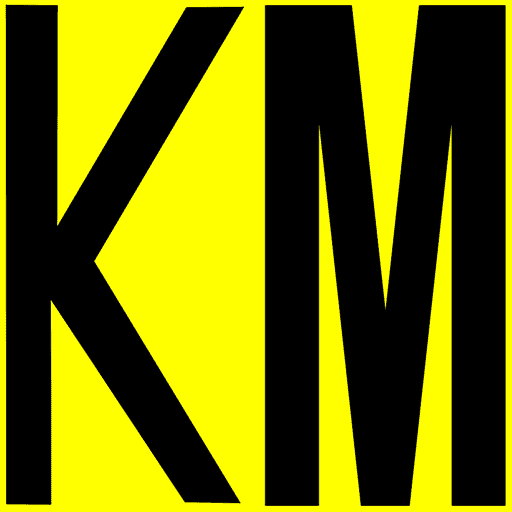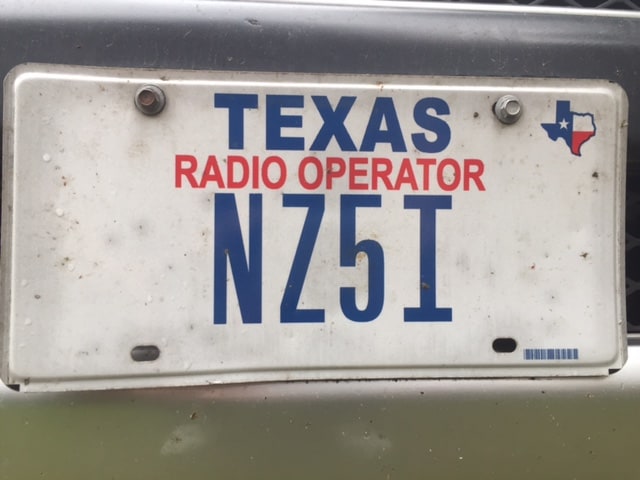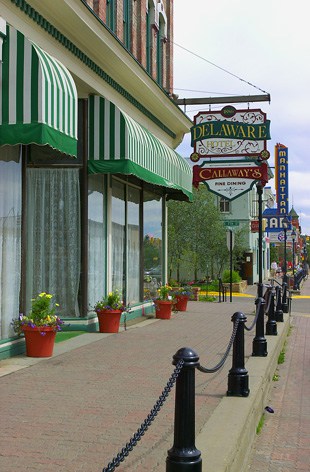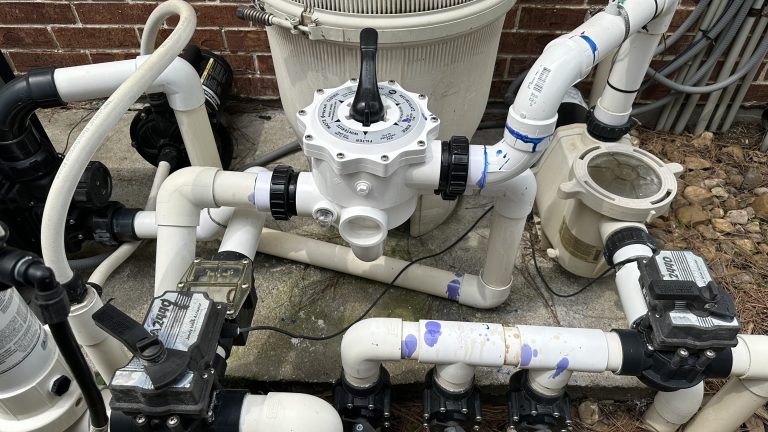With all the distractions of tablets, game systems, cell phones, and the internet, is HAM radio still a thing, and how do I get a license in 2021?HAM Radio or Amateur Radio remains during the age of cellular mobile phones with approximately 750,000 active licenses issued in the United States as of Jan 15, 2021. You become licensed by registering with the FCC CORES online system to obtain an FRN number. Then you attend one of several Volunteer Examination Sessions in your area to take one or more exams. The ARRL VEC fee is $15.00 in 2021. After passing the exams, the FCC will assign you a unique Call Sign to identify yourself over the airwaves.
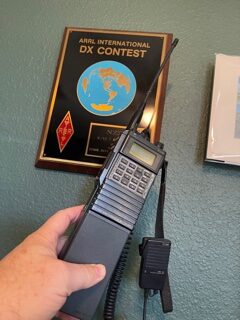
Why Get a HAM Radio License in 2021?
The are many reasons to get a HAM radio or Amateur Radio license in 2021. First and foremost is that it’s fun and interesting as well as beneficial. There are many facets to the hobby which encourage goodwill and public service. While Cellular mobile phones and Internet use have become commonplace, there remains a place for radio communications. Examples include emergencies where key infrastructure like electricity becomes unavailable.
HAMs Essential to Provide Critical Communications During Emergencies and Disasters
Both manufactured and natural emergencies, such as plant explosions, earthquakes, and weather events such as tornados and hurricanes, can mean weeks or months without normal communications due to lack of power. Even cell towers run out of fuel and go silent when gas stations have no power to run pumps and trucks cannot use damaged highways. HAM operators have a long tradition of stepping in to help in these situations by practicing and preparing for emergencies annually (see ARRL Field Day). HAMs help in two primary ways: assisting first responders and marshaling health and welfare communication between impacted areas and the rest of the world. HAMs have long-established procedures for moving information back and forth with speed and accuracy because they practice regularly.
Technological Innovation and Experimentation
Amateur Radio has a long tradition of technological development and tinkering or experimenting with evolving and improving forms of radio communications. Amateur radio operators continue to develop better ways to improve the use of precious and limited radio spectrum. Many innovations we enjoy today exist because of HAM radio. That includes satellite communications, cellular communications, and even various digital broadcast innovations.
How Do I Get a HAM Radio License?
Getting a HAM radio license in 2021 is not terribly difficult. There are three classes, including the Technician, General, and Amateur Extra class licenses. Morse Code is no longer a requirement for any of the USA license classes. (Though Morse Code remains a popular mode (CW) of HF communication throughout the world.)
There are essentially three steps to getting your Technician license:
- Register Online with the FCC CORES system to get your FRN number.
- Contact a Volunteer Examiner Coordinator (VEC) to find and register for one or more exams.
- Prepare for the written exams and pass the test(s). Upon receiving your paperwork the FCC will assign you a call sign to be used on the air in the US according to your class privileges earned.
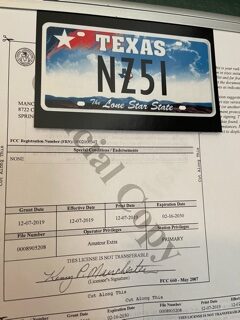
There are numerous no and low-cost resources and study guides available to help you prepare for each exam. When you are ready, just signup for a local exam. The entry-level Technician class license exam is mostly to assess that you know the rules and etiquette and some basic electronic terms. The General and Extra class exams are more technical; however, passing them rewards you with greater operating privileges.
How Much Does a HAM Radio License Cost in 2021?
The nominal fee for the ARRL VE Exam session is $15.00 as of Jan 2021. The fee includes one each of the Technician, General, and Extra class exams. You may take all three exams in succession during one sitting.
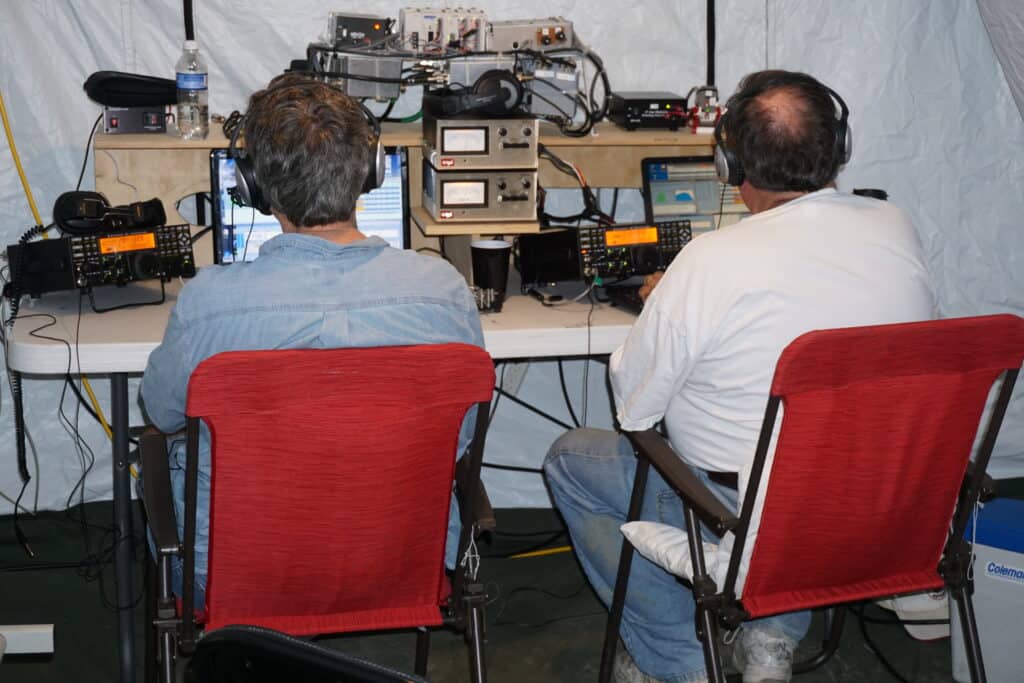
What Can I Do With HAM Radio?
Chief among HAM radio enthusiasts is the comradery and friendships forged over the air. For many, chatting over the air during their cross-country trips or their morning commute using the network of thousands of repeaters is highly satisfying. For others, it’s testing their technical skills at establishing long-distance exchanges with homemade antennas or vintage radios on the lowest power level they can.
Some who prefer Morse Code will chat using CW and keeping their skills sharp. Many operators worldwide participate in contests where the objective is to contact as many stations in as many countries as possible within a set period of time. Some of these contests are designed to hone operator skills specifically for handling high-volume emergency information or “Traffic” if needed.
Satellite communication and even moon bounce have a significant following. More and more digital modes are evolving to bridge the gap between Radio and terrestrial communications, such as the Internet for those interested in computer communications.
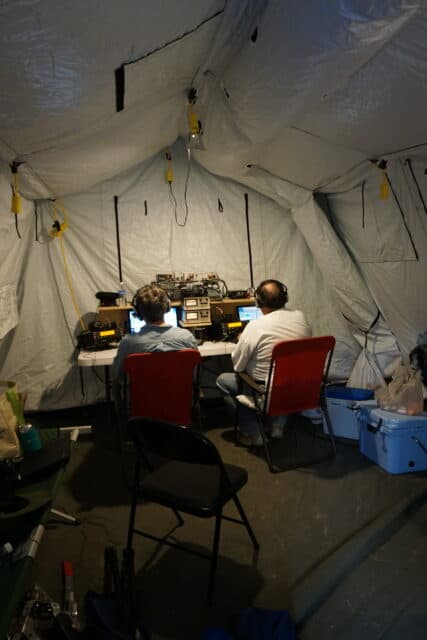
Niche activities for Radio Direction Finding are entertaining, and these HAMs have a valuable place where rogue emissions create noise and disruption.
One can obtain a modest HF radio and using little more than 100 watts, and a homemade wire antenna can work with other HAMs in all fifty states. After that, you may collect one of the hundreds of popular certificates and awards. You prove contact using the confirmation QSL postcards exchanged. One of the great traditions of HAM radio is the Elmer. Elmer’s refer to the notion of mentoring and help someone become licensed and taught to use HAM radio effectively properly.
What Equipment Do You Need For HAM Radio?
Most people start their Amateur Radio (HAM) radio journey using modest low power equipment to get their feet wet. Typically this means a transceiver that operates on VHF 144-148 MHz / 2 Meter FM band or UHF 444-448 MHz / 70 Centimeter FM band or both FM bands in a dual-band radio. Handheld radios are popular and operate on batteries great for versatility and typically operate at 5 Watts of power.
Many HAMs install a mobile radio in their vehicle for use on these same bands. The mobile and desktop versions offering more power, 10 – 50 watts or more, and added features. In addition, the 2M/70CM bands also permit split frequency operation enabling the use of repeaters. Repeater frequencies are coordinated to avoid interfering with others in adjacent areas. Repeaters enable low-power radios to dramatically extend their reach up to hundreds of miles and use gateways for phone calls, remote radio operation, and digital modes using computers. Moreover, gateways may permit exchanges with HAMs in other countries too.
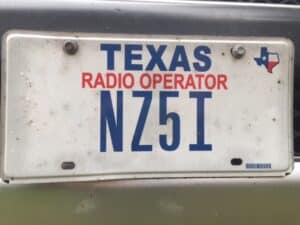
HF Bands are the primary interest for long-distance direct communication with other HAMs in the US and abroad for many HAM Radio Operators. On HF frequencies, you need larger antennas to be more effective and sometimes more power, depending on your objectives. Frequencies or bands available to HF Operators typically support most modes. For instance, CW (Morse Code), SSB (Single Side Band), and several digital modes such as RTTY or FT8 use computers and software.
There are almost countless ways to enjoy Amateur Radio. Some people actually focus solely on DXing (verified long-distance radio exchanges with other countries, some quite rare), Moon Bounce, where HAMs actually bounce their
Why does HAM Radio Exist When We Have Cell Phones and the Internet?
HAM radio exists and thrives, filling some important voids in today’s world full of mobile phones and the Internet. At its core, HAM radio is about public service. HAM operators are a group of technically competent people who practice the craft of accurate communication by radio. By engaging other licensed radio operators here and abroad using one or more modes of communication. Other reasons HAM radio continues to evolve and stay relevant include:
- Disaster and Emergency Communications
- Experimental communications development
- Technical talent pool relating to communications technology and its applications
- Bridging gaps between evolving communication needs
- Improving the state of the art and accuracy of communications
- Preserving and improving processes and procedures for moving information error-free and accurately.
- Providing insight into past innovations and techniques for future generations
- HAM Radio FUN
- You meet many interesting and smart people
- HAM Radio freely bridges cultures
- Proficient Morse Code operators accurately communicate even faster than the fastest cellular phone text sender in the world!
- Once you have the equipment and license, there are no fees or memberships required! You communicate over the airwaves!
Contact the American Radio Relay League (ARRL.org) for more information on becoming a licensed HAM in the USA.
73, de Kenny, nz5i
